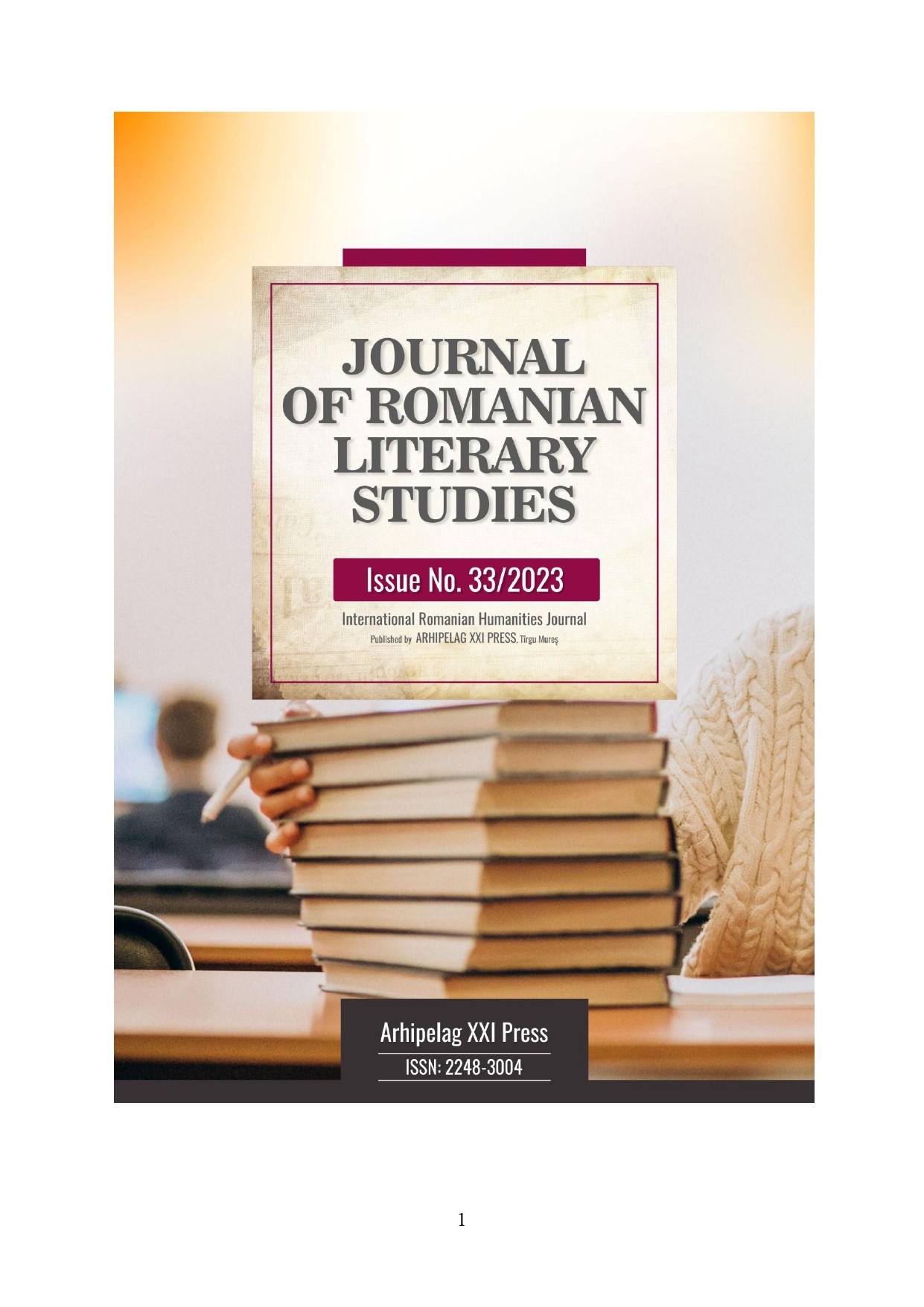EQUIVALENCE AND ITS IMPLEMENTATION IN THE FIELD OF TRANSLATION
EQUIVALENCE AND ITS IMPLEMENTATION IN THE FIELD OF TRANSLATION
Author(s): Ana-Blanca Ciocoi-Pop, Alina-Elena OneţSubject(s): Morphology, Syntax, Lexis, Semantics, Philology, Translation Studies
Published by: Editura Arhipelag XXI
Keywords: translation; equivalence; freedom in translation; genre; audience;
Summary/Abstract: The concept of equivalence is one of the most frequently used theoretical terms in the area of translation studies. However, in spite of its being so widely employed, it is still a concept which is rather difficult to pin down and define accurately. While some theoreticians equate equivalence to the practice whereby the target text achieves an identical function to the source text, others speak about the degree of replication of the textual situation in the source text by means of different wording in the target text. Yet other theoreticians talk about the transfer of meaning between source and target text, while others define equivalence as the act of replicating in the target text the most similar natural equivalent of the source language meaning. Last but not least, some theoreticians believe that perfect equivalence does not, in truth, exist. In the present paper we have attempted to reconcile all these diverging views on equivalence, by discussing such concepts as freedom in translation, level, genre, audience, lexicon, hierarchy, ellipsis and compensation.
Journal: Journal of Romanian Literary Studies
- Issue Year: 2023
- Issue No: 33
- Page Range: 231-238
- Page Count: 8
- Language: English

